ASIC resistance explained – What does it mean for a coin to be ASIC resistant?
The key mechanism that lies behind Bitcoin, Ethereum, Litecoin or basically any Cryptocurrency is Blockchain. The whole idea of Blockchain is that it is completely decentralized, meaning there is no centralized power to control anything.
All transactions are recorded in a public ledger known as Blockchain and all transactions are verified by so called miners who solve the blocks using their computational power. For such technology the danger of hacking the network and rewriting the values only emerges when a hostile force takes over more than 50% of the hashing power. Until unless the system is completely decentralized there won’t be a single point of vulnerability.
Here let’s see what is ASIC, what ASIC resistance means and how it helps in mining decentralization.
ASIC Machine – Centralization of crypto mining?
You may now ask how ASIC machine is linked to this subject? The history of crypto currency mining began with Bitcoin SHA256 algorithm. Followed by Litecoin Scrypt algorithm, then came X11 algo for Dash and Ethash for Ethereum. The main reason for change in different algorithm is to resist purpose build hardware’s like ASICs (Application Specific Integrated Circuits) and FPGAs (Field Programmable Gate Arrays).
The original vision of Satoshi is that everyone should fairly contribute to the Bitcoin network so it remains distributed and decentralized. During the early stages there were only CPU and GPU miners mining and supporting Bitcoin. As the value of Bitcoin raised ASICs entered dominating the entire network making normal miners impossible to mine Bitcoin using their consumer grade hardware. These ASIC machines are developed by a few top Chinese companies which not only dominating the network but also taking all the power from small miners. This seriously lead to a threat of centralized mining hence the result of ASIC resistant came in to picture.
What is ASIC resistant? Advantages of resisting ASICs
Recently we’ve posted so many coin mining guides, especially we focused on coins that are ASIC resistance. But we simply failed to explain what is ASIC resistant and what does it mean for a Cryptocurrency to be ASIC resistant.
Coin Guides main intention is to guide users of all kind so we decided that before posting another crypto mining guide we’ll first explain ASIC resistance. As a long time miner you know the benefits of coins with ASIC resistant. However there are still a lots of new miners who still needs an explanation on ASIC resistance. Well, here is our opinion.
ASIC resistance explained
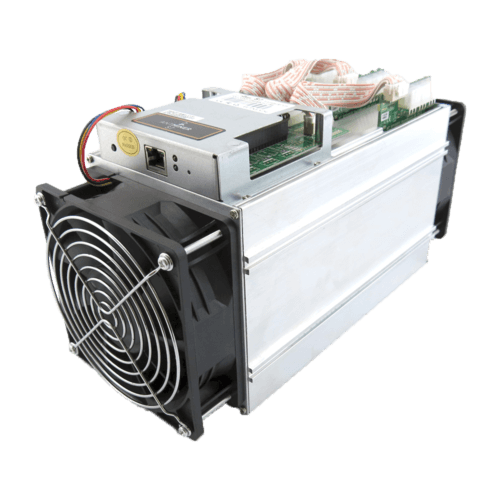
ASIC simply means a chip designed to do a particular task and nothing else. In the case of crypto currency they are developed for the purpose of mining specific algorithm. They are powerful, cost effective and energy efficient in terms of hashes. They are better than GPU mining and they are only good at that. There is no use for these machines rather than mining these algorithms. Whereas technically GPUs on the other hand is also an ASIC and their application is Graphic processing and output.
When a coin or Cryptocurrency says ASIC resistant; then it means there is no ASIC machine or solution developed yet to mine the coin. It can only be mined using consumer grade hardware’s like CPU and GPUs. As time goes someone may or may not develop an ASIC for that coin or algorithm because technically ASICs can be developed for any mining algorithm. It’s only a matter of time for someone to crack it and that’s why they never say ASIC proof but ASIC resistant.
The best example that would fit here is the Bitmain’s recent launch of most powerful ASIC for Cryptonight coins like Monero and Electroneum; threatening GPU and CPU miners. However Monero later hardfork the algorithm and that’s a different story.
So does ASIC resistance really lead to decentralization?
Are ASIC’s secure?
Yes, ASICs are more secure compared to GPU in most cases due to the nature of their limited use.
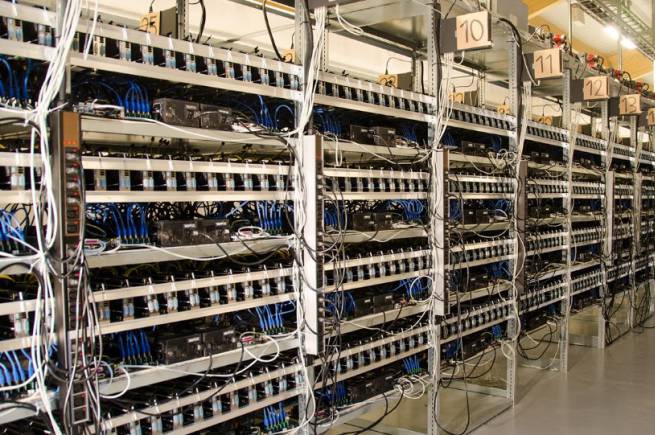
If Bitcoin mining is dominated by ASICs then is Bitcoin centralized?
Bitcoin is decentralized still and no, ASICs don’t centralize the network, humans do.
First of all; the main threat and cause of centralization is when the network faces 51% attack. This is the reason it is always advised to spread the hashrate on different mining pools. Second; all ASICs are developed by sketchy Chinese companies that have poor reputation due to their bad service and limited warranty. Not all miners trust them. Third; they only release a limited supply of these machines in batches so it’s hard to acquire these in large amounts. Due to this and a large number of mining pools Bitcoin and most other ASIC coins remains decentralized.
So what use does coins with ASIC resistance have?
When a coin says ASIC resistance then it’s not only about decentralization but it’s more than that. It’s all about offering freedom and equitability in mining. It brings confidence to normal miners to mine using their average hardware trusting as their investment won’t be betrayed.
Due to wide range of access; miners will form a stronger community which naturally leads to the coin’s success. It gives everyone a equal chance to secure the network making the system totally decentralized, distributed and easily accessible.
Wrap up: Most of the crypto currencies are decentralized in nature so enjoy the freedom of choice. In the end it’s all about the community that brings success to a coin. We hope you enjoyed this article. As always your thoughts and opinions are welcome. If you like then please do share this post. See you in next article / guide; until then happy hashing!


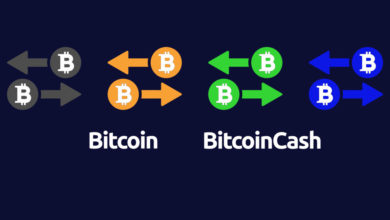
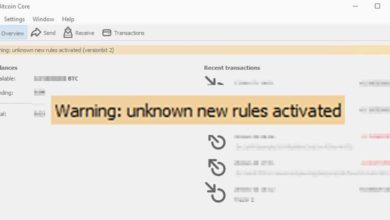
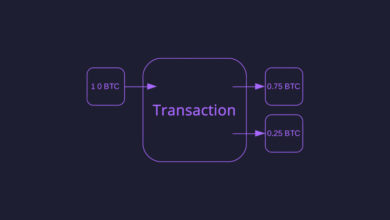
Great explanation, about the asic-resistant coins, I think they are most bet, because this type of coin keeps the same difficulty in the future just updating the hashing algorithm, as Webchain Network this is a new asic-resistant cryptocurrency based on a customized version of Cryptonight hashing algorithm, this is a project thinking in their miners, so Webchain Network (WEB) do not have an initial coin offering, everyone has to mine for obtained WEB.
Bitmain’s E3 ASIC costs 1270 USD. Building one’s own GPU rig costs nearly twice that for the same number of GPUs.
Looking just at price it seems the average hobbyist can better afford the Bitmain device.
So much for decentralization as the motivator here…
Thank you very much, a very useful article for dummies like me.